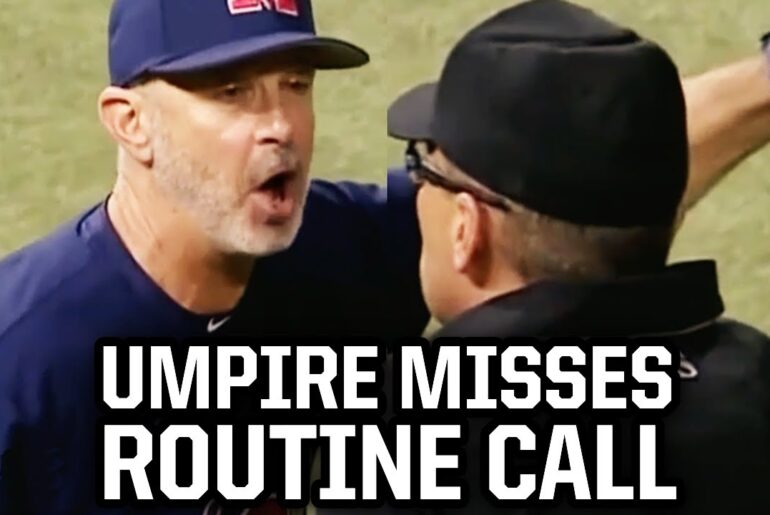In recent times, Major League Baseball (MLB) has introduced a rule that has sparked significant controversy and debates among players, coaches, and fans alike. This rule, designed to protect catchers, has taken runs off the board more frequently than ever before. However, its implementation and interpretation have become increasingly challenging, leading to frustrations and confusion on the field. In this article, we will delve into the intricacies of this controversial catcher rule and how it has evolved over the years.
The Evolution of the Catcher Rule
For over a century and a half, baseball has upheld the tradition that a runner is out if the catcher beats him to the plate. Catchers have always placed their leg on the baseline to tag the incoming runner. However, the new rule, aimed at safeguarding catchers, brings an entirely new dimension to this play.
The Austin Hedges Incident
One particular incident involving Austin Hedges brought the catcher rule to the forefront of baseball discussions. Hedges, a catcher, was recently fined for criticizing the umpires’ handling of the rule. During a game, there was a close play at home plate, and the umpire ruled the runner safe despite Hedges’ attempt to block him. This incident sparked debates and led to confusion among players and fans regarding the rule’s interpretation.
The Tricky Definition of Blocking the Plate
The main issue with the new catcher rule lies in the interpretation of what constitutes \”blocking the plate.\” Under the updated rule, catchers are not allowed to hinder the runner’s access to the plate without having the ball. This means that catchers must allow a clear lane for the runner to slide safely into the plate.
MLB’s Expectations for Catchers
To gain a better understanding of what MLB wants to see in regards to the catcher rule, let’s examine some plays at the plate during a Yankees vs. Mets game. In one instance, Higashioka, the catcher, had the ball before blocking the plate, making the runner out. In another scenario, McCann, the Mets’ catcher, did not have the ball yet, and therefore, the runner was ruled safe despite his attempt to block the plate.
The Unpredictable Outcomes
The unpredictability of the rule is evident in these plays. In some cases, the ball may beat the runner, but the catcher is considered in violation of the rule, leading to a safe call. On the other hand, a runner may be ruled safe even if the ball arrives before him, solely based on the catcher’s positioning and actions.
The Impact on the Game
The controversial catcher rule can significantly impact the outcome of games, particularly in crucial moments, such as the postseason. A run being taken off the board due to the implementation of this rule could change the course of an entire game and leave players, coaches, and fans frustrated.
Conclusion
As the catcher rule continues to be a point of contention in MLB, it is essential to find a balance that protects catchers while preserving the integrity of the game. Clearer guidelines and consistent interpretations are needed to ensure fairness and avoid unnecessary disruptions to gameplay. The upcoming postseason will undoubtedly put this rule to the test, and its consequences will be closely scrutinized. Until then, we can only hope that MLB addresses these concerns and takes steps to refine the catcher rule for the betterment of the sport.



